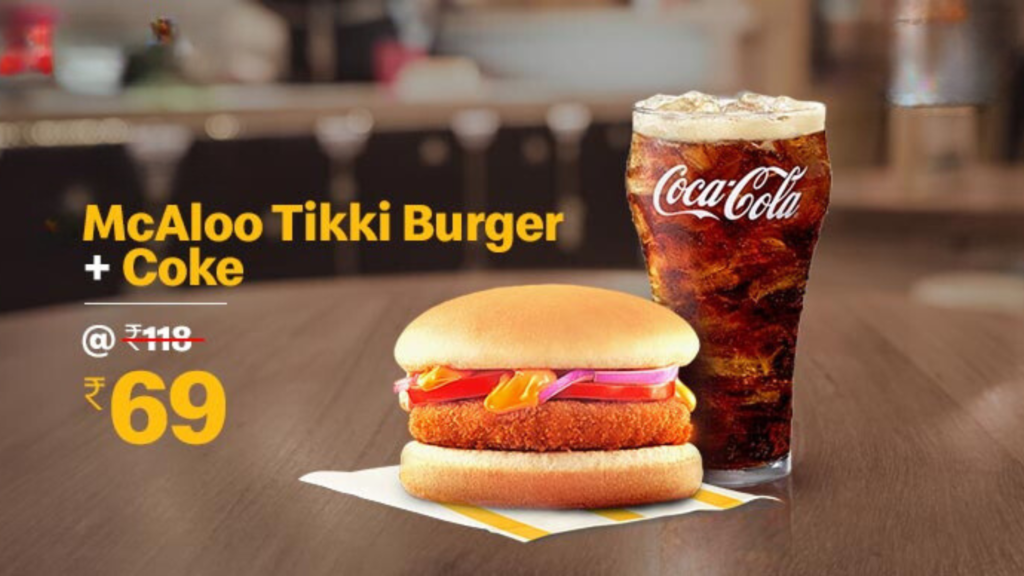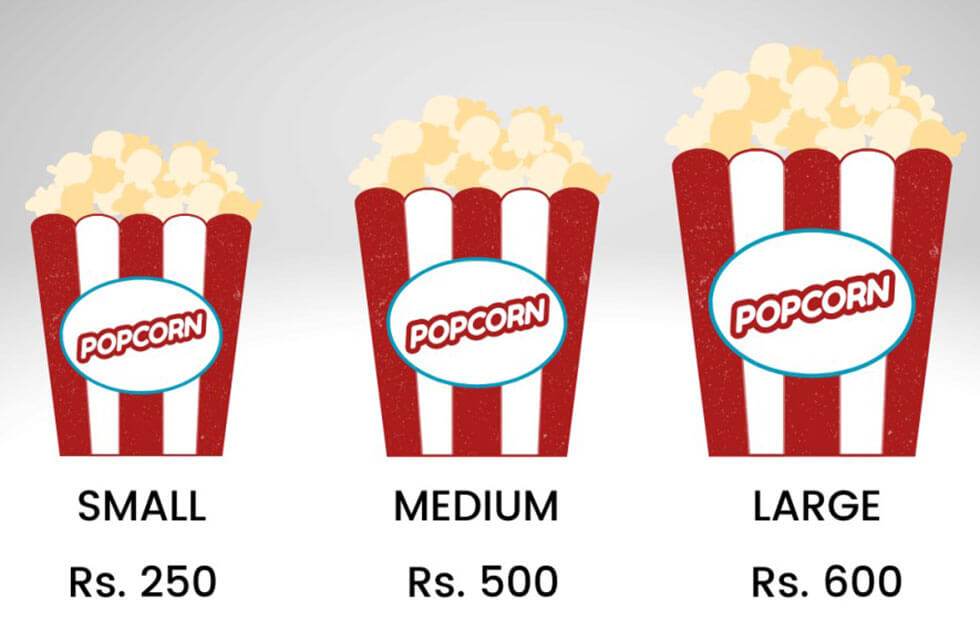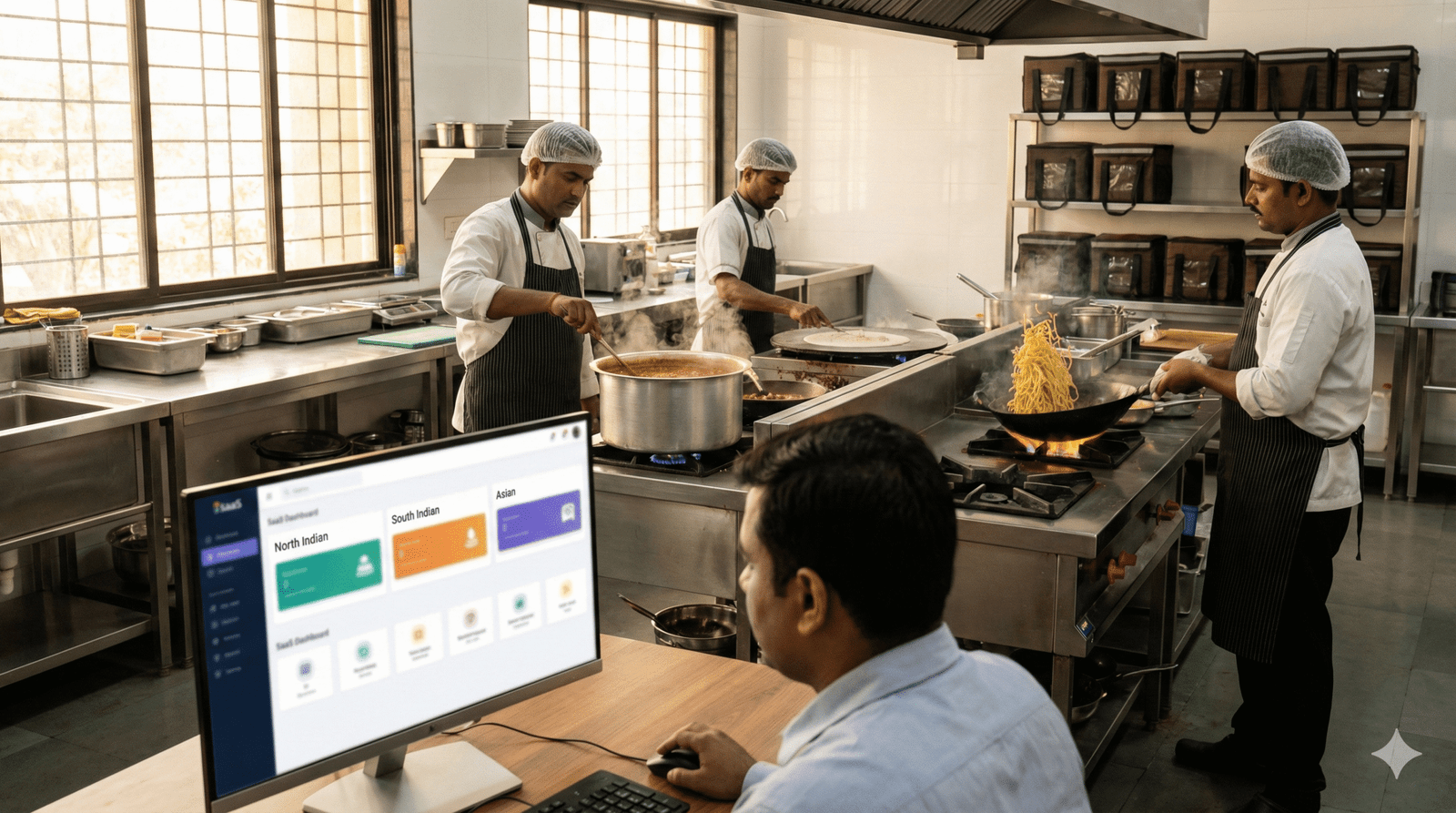In the competitive world of the restaurant industry, mastering menu pricing strategies is crucial to maximize profits and keep customers coming back. Implementing the right pricing tactics can significantly impact your bottom line. Here are five effective restaurant menu pricing strategies that will help boost your sales and ensure your business thrives.
1. Psychological Pricing
Psychological pricing is a strategy that leverages the way customers perceive prices. One common technique is to set prices just below a round number, such as ₹199 instead of ₹200. This method creates the illusion of a lower price, making customers feel they are getting a better deal.

Another psychological pricing tactic is charm pricing, where prices end in the digit nine. For example, ₹499 is more appealing than ₹500. Research shows that customers are more likely to purchase items with prices ending in nine, believing they are getting a bargain. By incorporating psychological pricing into your menu, you can subtly influence customer decisions and increase sales.
2. Value-Based Pricing
Value-based pricing involves setting menu prices based on the perceived value of the dishes rather than the cost to prepare them. To effectively implement this strategy, you need to understand your customers and what they value most. For example, if your restaurant uses high-quality, locally sourced ingredients, customers may be willing to pay a premium.
Consider highlighting the unique aspects of your dishes on the menu, such as organic ingredients, chef’s specials, or limited-time offers. By emphasizing the value and quality of your offerings, you can justify higher prices and attract customers who are willing to pay more for a superior dining experience.
Read More : Boost Your Restaurant Sales with These Menu Optimization Tips
The Psychology of Restaurant Menu Design: Unlocking the Secrets
3. Bundle Pricing
Bundle pricing, also known as meal deals or combo offers, involves grouping several menu items together and offering them at a lower price than if purchased separately. This strategy not only increases the perceived value for customers but also encourages them to spend more overall.

For example, you could offer a lunch combo that includes a sandwich, drink, and dessert for a set price. By bundling items, you can increase sales of higher-margin products and reduce food waste. Additionally, bundle pricing can help streamline operations during peak hours, improving efficiency and customer satisfaction.
4. Decoy Pricing
Decoy pricing is a tactic where you offer three versions of a product: a low-priced option, a high-priced option, and a mid-priced option that you want to sell the most. The high-priced option serves as a decoy, making the mid-priced option seem like a better deal.

For instance, if you offer three sizes of a dish—small, medium, and large—you can set the prices so that the medium size appears to offer the best value. Customers are more likely to choose the middle option, increasing your sales of that item. By carefully structuring your menu with decoy pricing, you can guide customers toward higher-margin items without them feeling pressured.
5. Dynamic Pricing
Dynamic pricing, also known as demand-based pricing, involves adjusting menu prices based on factors such as time of day, day of the week, or customer demand. This strategy allows you to maximize revenue during peak times and attract customers during slower periods.
For example, you can implement happy hour pricing, offering discounts on drinks and appetizers during off-peak hours to draw in more customers. Conversely, you might increase prices during busy times, such as weekends or special events, when demand is high. By using dynamic pricing, you can optimize your revenue and manage customer flow more effectively.
Conclusion
Implementing these five restaurant menu pricing strategies—psychological pricing, value-based pricing, bundle pricing, decoy pricing, and dynamic pricing—can significantly boost your sales and enhance your profitability. Each strategy offers unique advantages, and when used in combination, they can create a compelling and profitable menu that attracts and retains customers.
Understanding your customers and continuously analyzing your pricing strategies will help you stay competitive in the ever-evolving restaurant industry. By leveraging these tactics, you can ensure your menu pricing is optimized for maximum revenue and customer satisfaction.





